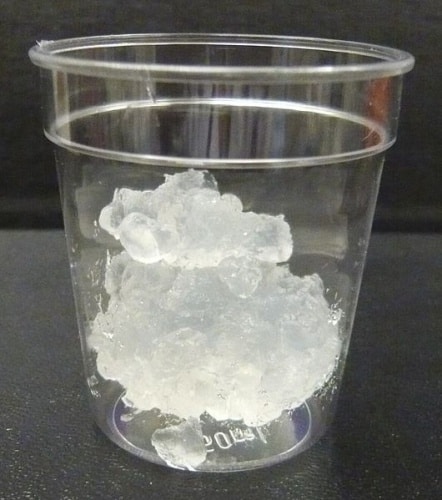Published in the journal Advanced Materials, the research shows how cellulose - an organic compound found in plants, bacteria, algae and trees – can be used to build more efficient energy storage devices. Cellulose has long been considered, a potential green alternative to current capacitor materials.

“Ultimately the goal of this research is to find ways to power current and future technology with efficiency and in a sustainable way,” said Emily Cranston, an assistant chemical engineering professor at McMaster and co-author of the paper.
“This means anticipating future technology needs and relying on materials that are more environmentally friendly and not based on depleting resources.”
Supercapacitors are used in applications requiring many rapid charge and discharge cycles, rather than long term compact energy storage. They are widely used in hybrid vehicles to capture energy from regenerative braking, which is then released in acceleration. Compared to batteries, however, supercapacitors tend to be bulky, adding unwanted weight to vehicles and devices.
The researchers say their work demonstrates an improved three-dimensional energy storage device constructed by trapping functional nanoparticles within the walls of a nanocellulose foam. Cellulose nanocrystals, which resemble nano-scale grains of uncooked rice, are glued together at random points to form a mesh-like structure with lots of open space, making the material lightweight. According to the researchers, the result is an environmentally friendly supercapacitor with higher power density and faster charging than rechargeable batteries.




Comment: Brute force can not solve autonomy challenge
My brother has lost his licence in his forties due to an eye problem and he'd quite like a self driving car.